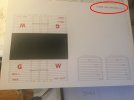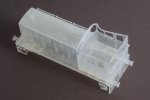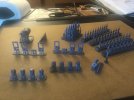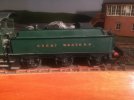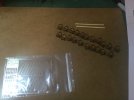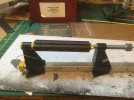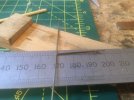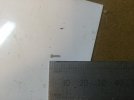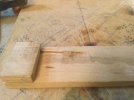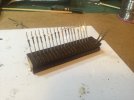ICH60
Western Thunderer
Looks good.Finally got everything more or less back in place and cleared the workbench so it’s at least useable…
and printed v2 of the Mica. Well, it’s probably v7 or something, but anyway. The approach has changed somewhat as I made the W irons open at the bottom so the boxes can slide in, the springs will hold them in, and I’ll generate some plates to close them. The plate that joins the solebars together is also new. This allows me assemble the buffer planks with the buffers and coupling and a piano wire spring, Peco/Webster’s style, between them, before sticking it to the ends of the solebars. The W irons are now separate from the solebars, and fit on over a couple of spigots. Needed a touch with the scalpel around the holes for a lovely snug fit.
I printed the plate flat on the build plate of the printer, which predictably caused an elephant’s foot, and because I hadn’t thought about it, it was a bit of a pain to get off the plate, but it came out flat. I might try the same approach on the solebars, with adjustments for the foot, unfortunately, I don’t think it’ll work on the buffer planks which didn’t come out right. Some work needed there, and the T stanchions need to be a few thou thicker.
Annoyingly, I broke the handle on one brake lever, but managed to stick it back on. I’ll make it a wee bit thicker and hope it doesn’t show. The brakes themselves came out nicely, and fitted without any effort. I’ve no idea what went wrong with the Vac cylinder as I’ve done them before, but it was so bad it went straight in the bin.
The brake cross shaft was too tight a fit, so I’ll need to have a look at that too.
View attachment 182861
The axleboxes slide nicely in the W irons, and I think with a little work, they will also work with the Parkside kit too, as I still have one of them to build.
progress!
Simon
May I ask if the U channel of the under frame is to scale thickness. If not what thickness have you gone for?

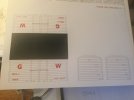
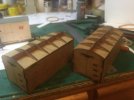
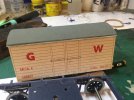
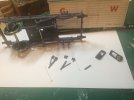


 ...
...